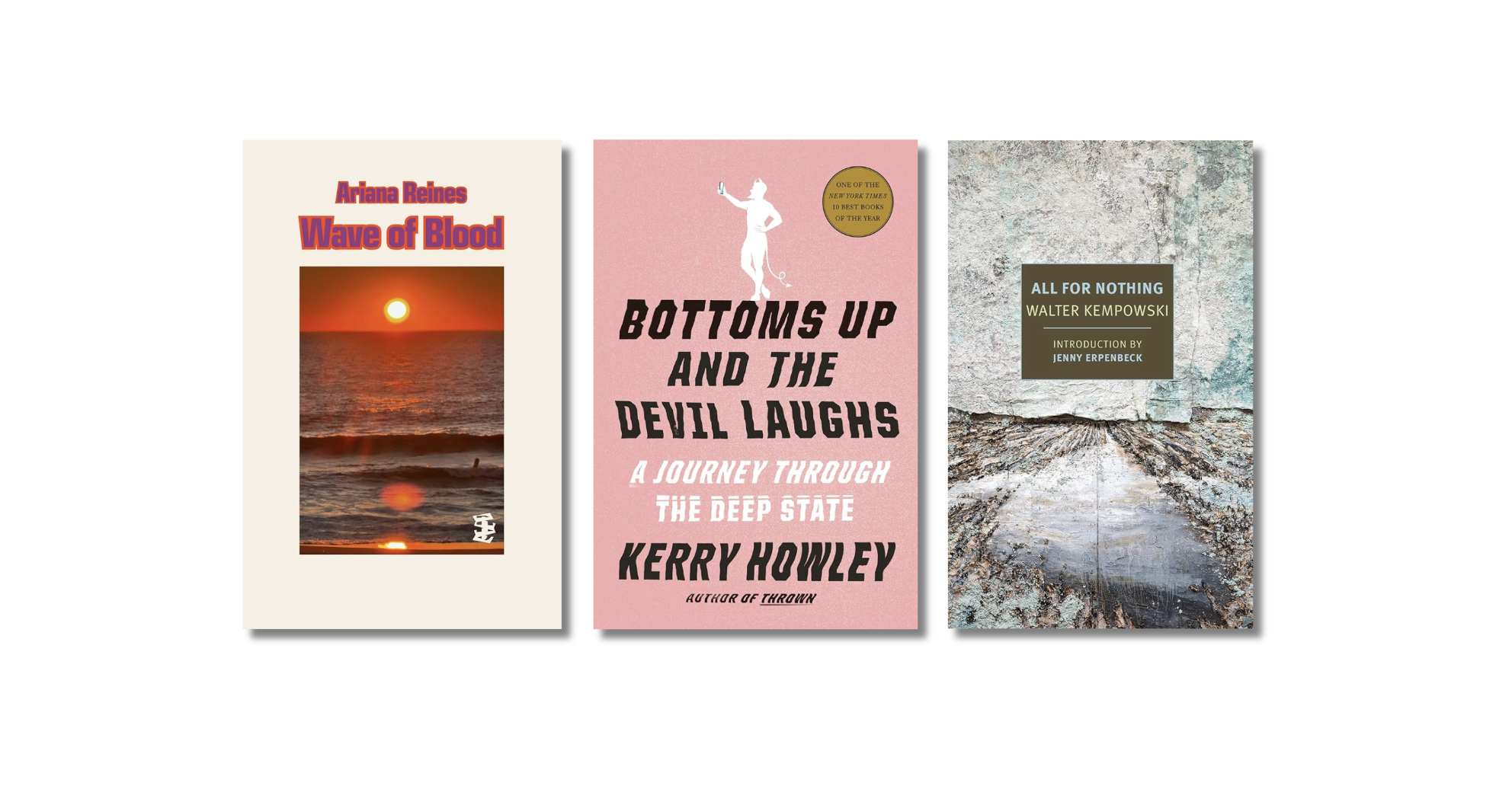As a child growing up in South Carolina, during my brother’s weekend soccer games, I would wander away from the sidelines and into the shade of towering pines, where I would dig in the red Carolina clay for bottle caps. I would brush the dirt from the bent Coors and Bud Light tops and clasp them in my hand until I could place them on my dresser at home, alongside my other treasures. They sat beside a black and white portrait from a Chuck E. Cheese photo booth; a stack of Sillybandz now sticky with age; glass soda bottles saved from summer trips; a plastic pom-pom from a high school football game; movie stubs from Twilight; a metal magic wand my dad had given me one birthday before he died.
Anyone else surveying these items might see a crudely organized collection of garbage, but when I think back on them, I smell the water treatment plant upwind of my high school, hear the afternoon thunderstorms that interrupted soccer practices, feel the last hug my dad ever gave me. These objects take me back to my jumbled Southern girlhood, a part of my life I have always found impossible to explain. This is why I’m so taken with Kristine Langley Mahler’s essay collection Curing Season: Artifacts, a meditation of Southern adolescence told through collected and archived objects.
Mahler’s debut delves into four formative years spent in Pitt County, North Carolina. After moving there from Oregon at the age of 10, Mahler feels like an outsider, as so many teenage girls do, a feeling magnified by her surroundings. Her family takes up residence in a well-off suburb, but, unlike her neighbors, she has no generational ties to the area. She is bused into a resource-starved, largely Black public school, where she’s forced for the first time in her life to confront issues of race and class. Desperate to fit in, her friendships are tenuous and pained. Now, as an adult, Mahler struggles to piece together why this early experience of alienation still haunts her. Each essay in Curing Season considers a physical piece of the puzzle that makes up Mahler’s preoccupation with her misfit adolescence in Southern suburbia. It’s up to readers to work out how they fit.
Mahler writes about the Depression-era $100 bills buried in a friend’s walls; the 1,300-page Chronicles of Pitt County compiled by residents; her homemade Campfire Girls pin stolen by a new potential friend and then stolen back. She pours over archival research about a fenced-in cemetery in a mall parking lot and a pet crayfish she named after girls whose friendship she coveted. She studies the finger trap she once was ensnared in with her now-dead best friend. At the time, these objects (not yet artifacts) grounded her in place, an attempt to graft herself to North Carolina and its people. Now, these objects transport her back there, to that place of isolation, to a time she longed to belong.
The book, the pin, the fingertrap—reading Curing Season feels like peering into a curio cabinet. Each object contains its own story, but by surveying them all, we see the world as the collector sees it. And as I read, I realized that many of my favorite essay collections function like curio cabinets—an assortment of distinct and sometimes disjointed objects, images, and ideas that add up to a whole. In Melissa Febos’s Abandon Me, she includes an essay titled “Wunderkammer,” the German word for curio cabinet. For her birthday, she receives a curio cabinet from her lover, containing a bottle of snake vertebrae and a pewter human hand. “The best gifts are like these,” she writes, “beautiful and a little gruesome. Such gifts obligate us to see ourselves more fully, to see the many compartments of love, its bones and shards, all its hands and holdings.”
In the final essay of Curing Season, Mahler writes, “I am waiting for someone to pull apart my chronicles and reveal what I refuse to see.” But she’s been staring at herself this whole time. There is no refusing to see; we must. Many of her essays take on experimental forms. In “Shadowbox,” she checkers text and whitespace to mimic a shadowbox for stories. In “A Pit Is Removed, a Hollow Remains: Chronicles of Pitt County, Revisited,” she layers text cut from the Chronicles of Pitt County over her own childhood photos; another catalogs the items left in a burn pile behind a neighbor’s house. These structures are built to contain what seems—and may be—uncontainable. Like a vase full of water, they are beautiful things that allow us to examine the amorphous. Through these containers, we marvel at the objects of her youth. She has created her own textual cabinet for us, each essay a different compartment for a storied object. Moreover, her book itself becomes its own artifact, one we can keep in our own cabinet, one we can give to others and say, “Here. Here is what it’s like to be young and lonely in the South.”











